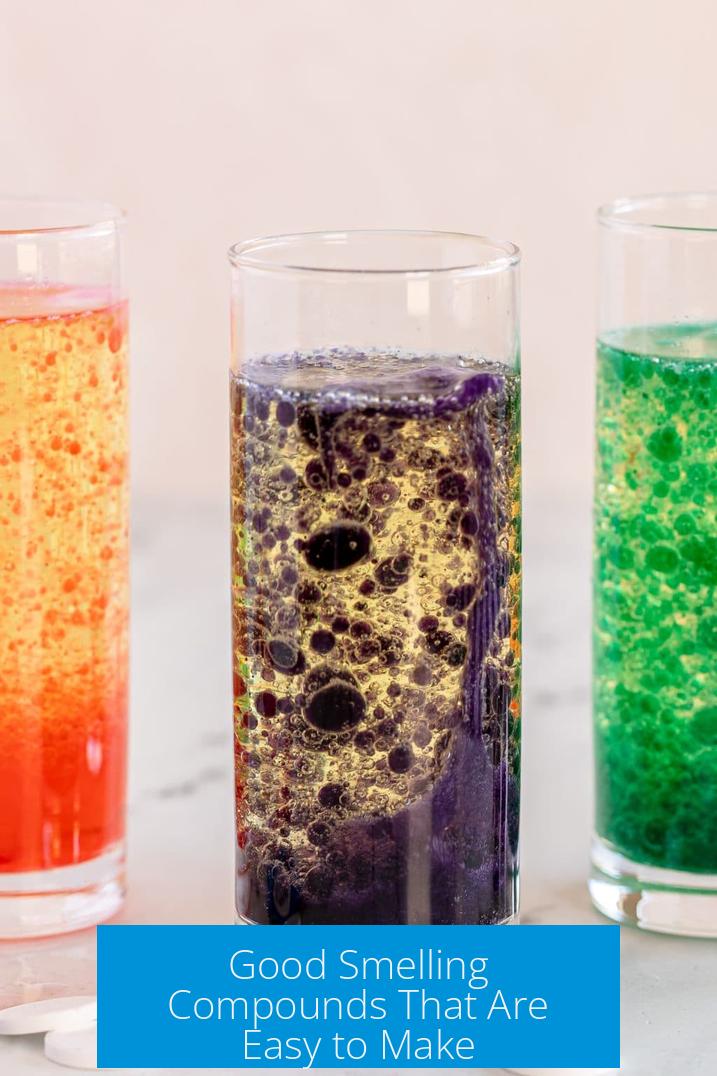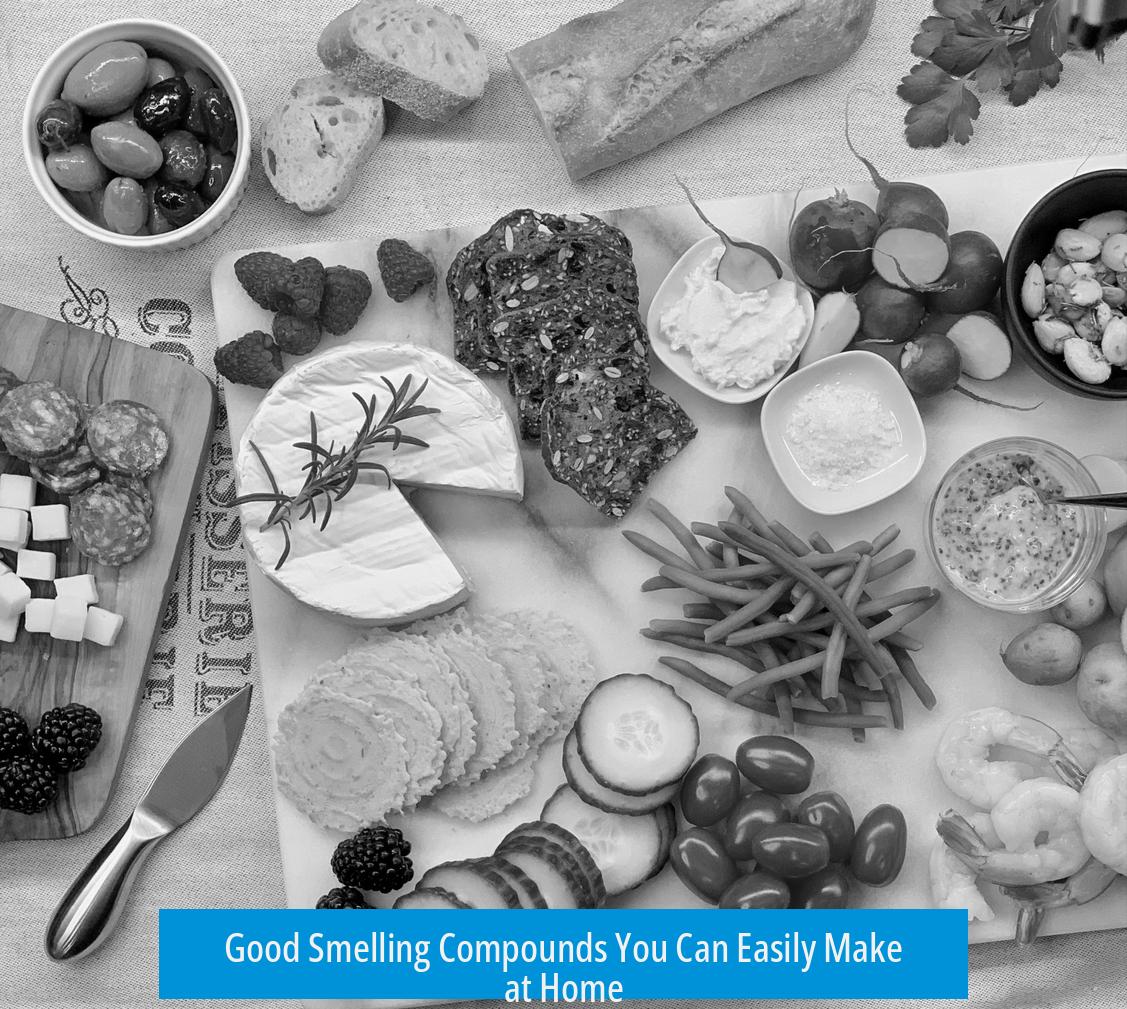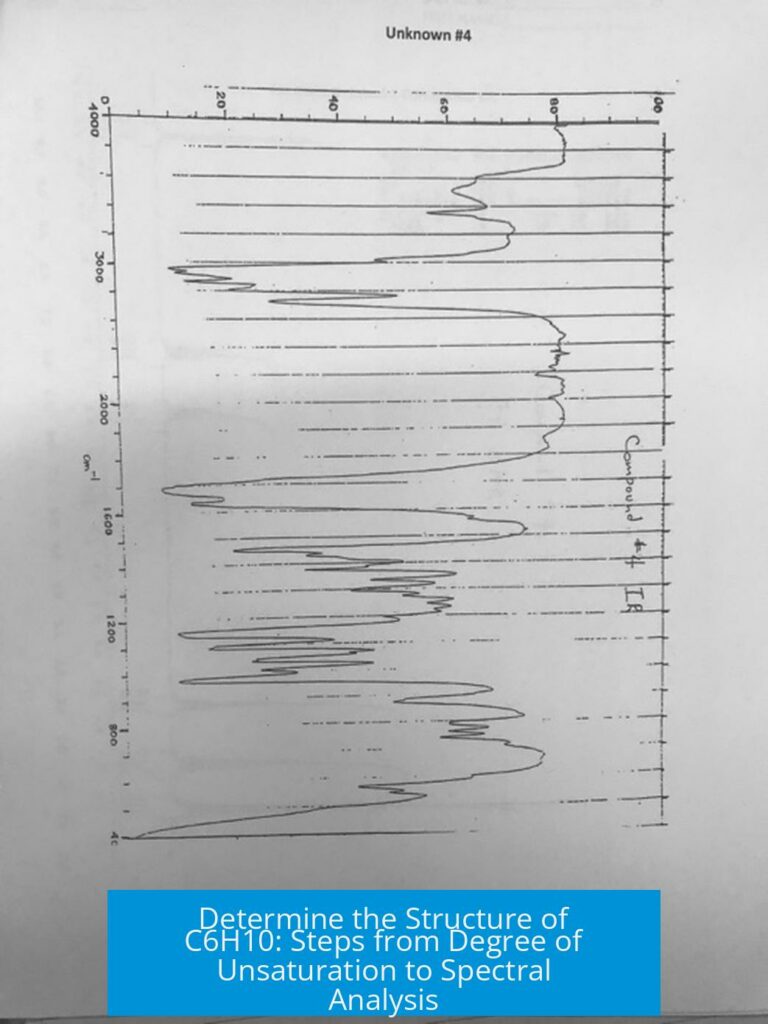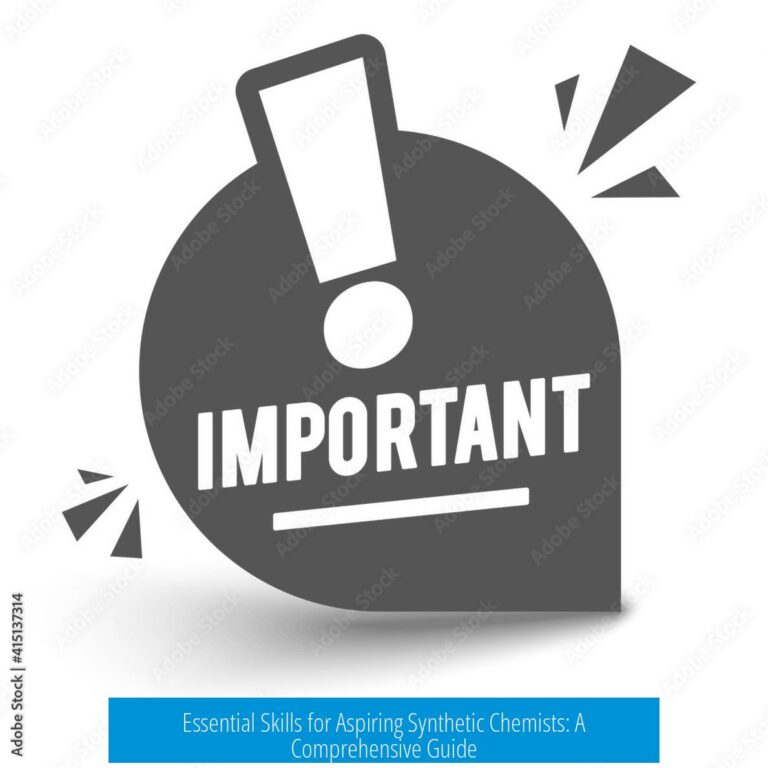Good Smelling Compounds That Are Easy to Make

Good smelling compounds that are easy to make include esters like isoamyl acetate (banana scent), methyl salicylate (oil of wintergreen), and methyl octanoate. These compounds are commonly synthesized via Fischer esterification, which requires simple reactants such as an alcohol, carboxylic acid, and sulfuric acid catalyst.
Easy-to-Make Esters with Pleasant Aromas
- Isoamyl Acetate: Known for its strong banana scent, it is a classic ester easily synthesized in undergraduate labs. Reacting isoamyl alcohol with acetic acid under acidic conditions forms this compound.
- Methyl Salicylate: Also called oil of wintergreen, it has a characteristic minty smell. It forms by esterifying salicylic acid with methanol. It is reliable and uses readily available materials.
- Methyl Octanoate: Produced via Fischer esterification, it has a fruity and pleasant aroma, showcasing the versatility of ester fragrances.
Fischer Esterification: A Practical Route
This method involves heating a carboxylic acid with an alcohol in the presence of sulfuric acid (H2SO4) catalyst. It achieves ester formation through removal of water. Yields can vary and improving yield is the advanced part of synthesis.
Other Notable Compounds
- 1-Hexanol: This alcohol gives a fresh, grassy smell, often described as the scent of freshly cut grass. It combines mild alcoholic notes and flowery freshness.
- Vanillin: The primary component of vanilla bean aroma. Its synthesis is straightforward and common in undergraduate organic labs. It provides a sweet, creamy smell.
- Butyric Acid Esters: Although butyric acid itself smells unpleasant, many esters derived from it produce fruity and pleasant aromas. For example, butyl butyrate offers a sweet scent despite the acid’s odor.
Considerations and Exceptions

While most esters smell good, not all do. For instance, some butyl esters can have sour or sickly odors. However, butyl butyrate defies this by smelling pleasant.
| Compound | Smell | Ease of Synthesis |
|---|---|---|
| Isoamyl Acetate | Banana | Easy (undergrad level) |
| Methyl Salicylate | Wintergreen | Easy |
| Methyl Octanoate | Fruity | Moderate |
| 1-Hexanol | Fresh cut grass | Moderate |
| Vanillin | Vanilla | Easy to Moderate |
Summary of Key Points
- Esters like isoamyl acetate and methyl salicylate offer pleasant, recognizable scents with straightforward preparation.
- Fischer esterification is the principal method, requiring acid, alcohol, and H2SO4 catalyst.
- Vanillin and 1-hexanol provide alternative pleasant odors and accessible synthesis routes.
- Caution with certain esters: some butyl esters can smell unpleasant.
What are some easy-to-make esters with pleasant smells?
Isoamyl acetate smells like bananas and is simple to make. Methyl salicylate has a wintergreen scent. These esters use common acids and alcohols with an acid catalyst.
How is Fischer esterification used to create smelling compounds?
Fischer esterification combines an acid and alcohol in the presence of sulfuric acid to form esters. It works well for many scents, though maximizing yield can be tricky.
Are there any good smelling compounds besides esters that are easy to synthesize?
Yes. 1-hexanol has a fresh, grassy aroma. Vanillin, which smells like vanilla, is also accessible to undergraduate chemists.
Do all butyl esters smell good?
Not always. Some butyl esters smell unpleasant, but butyl butyrate is an exception and has a pleasant smell despite its name.
Is methyl salicylate difficult to make at home or school labs?
No. It forms easily from methanol and salicylic acid and reliably produces the wintergreen scent.





Leave a Comment